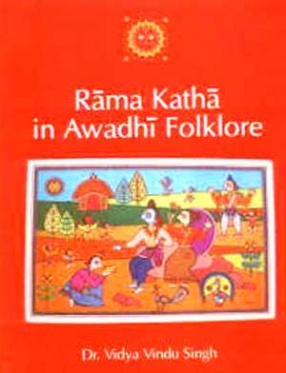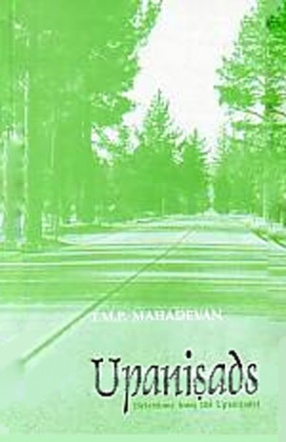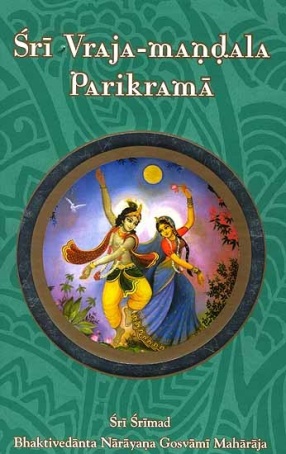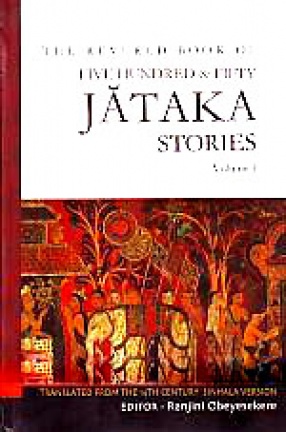The story of Rama everlastingly has won the hearts of the people since ages. Gaining new dimensions, it has became a part of Indian folk literature, every time opening up new vistas of interpretation with added significance. Rama is neither a legend nor a myth nor a symbol of Indian folk literature; he is the very breath of folk literature. Rama is not only human, he is just one amongst us.
In the present book an attempt has been made to fit the more popular stories in the traditional framework, particularly those in Hindi. Furthermore, there are folk songs, folk tales and folk arts which have used the emotional ingredients of pleasure and pain of the story of Rama. The story highlights the qualities of Sita–her manifest nobility, her inherent strength of character, her tolerance, her will power and resoluteness. The story of Rama in folklore guides the modern world even today which is on the verge of turmoil. Rama is inseparable from the Indian culture. Even in commercial transaction, the first measurement is 'Rama'. Rama is God, Rama is one-Brahma, may there be his several names.
Even today when urbanization is taking place so fast, there are families which have preserved the treasure of folk songs. They pass on this treasure from one generation to another through oral traditions. In the unending flow of the Awadhi folk songs, there is vastness of the Sarayu, divinity of the Ganga and depth of the Jamuna. There are high waves of emotions. The content of the folk songs is heart-touching, so is their poetical beauty. They reflect faith in tradition, and at the same time a longing for change, wherever it is needed. In fact, the folk songs are the true manifestations of our living culture. These are not only for merriment but give strength to our life. The Awadhi folk songs have a variety of tunes and melody. They are in flexible connotation. The singer's emphasis influences the rhythm. They explain the style of living and strengthen the values of life.
It is true that present day media is casting its shadow on the free and simple folk life, but it is also true that the common people have started realizing the rapture of old folk life. The folk songs and folk tales in the present collection take us back to the epic age of timelessness and infinity where Rama is seen as swarthy of hue like the Utpala (blue lotus) and a soul merged in nectarous ocean of love. Dr Vidya Vindu Singh's effort in her presentation of folk motifs of Ramayana and folk songs of Awadha is laudable. India is a land of thirty three crore Gods and Goddesses and Lord Rama is the supreme not only as Visnu but as Siva incarnate when it comes to fight with a demon like Ravana. His source of energy is Sita who is Devi incarnate and Parvati reborn. The Devi Sakti in folklore is the woman on earth who represents motherhood and universal love.
The study of Vidya Vindu Singh's work will prove a great inspirational light to the readers and definitely help in strengthening the moral pillars of modern youths who are to contribute in making a new era of values and progress not only in India but abroad as well, being globalisation the nucleus of the modern world.





There are no reviews yet.